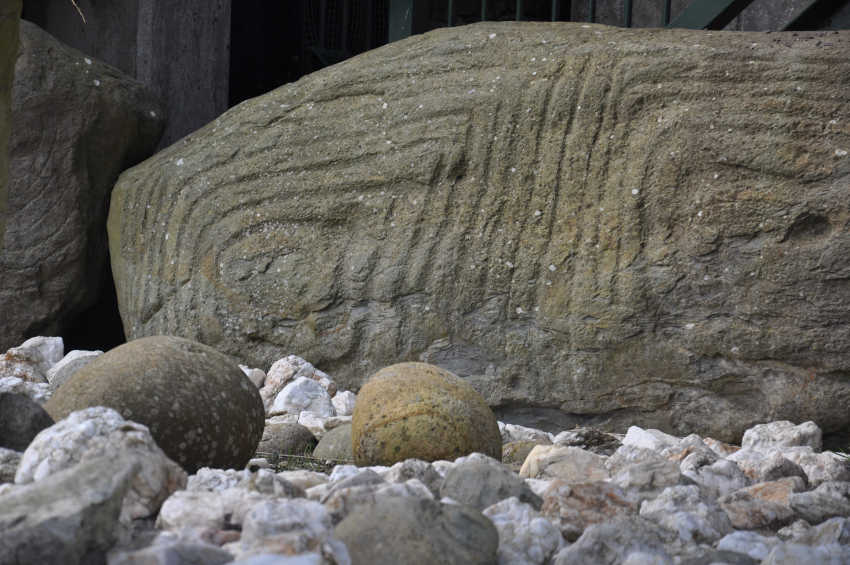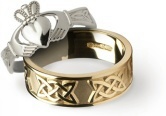Blog Categories
Blog CategoriesKnowth - Where Ireland's Earliest Art Inspires Jewelry
 |
What is Ireland’s earliest art and why is it so important as an inspiration for jewelry?
The passage tomb complex at Knowth, County Meath is part of a group of megalithic (large stone) monuments. Built close together around five thousand years ago, they’re a sight to behold in an area known as Bru na Boinne - one of Ireland’s most famous historic sites.
Newgrange is perhaps the best known worldwide as it has reached iconic status, but there are also two more passage tombs - Knowth and Dowth.
Until now, Knowth has been slightly under the radar - not getting the attention that it deserved, probably because the passage tombs haven’t been safe enough to allow easy access. But now the attention is firmly on this tomb as it’s been found to hold a massive forty six percent of all the carved stones recorded in Irish passage tombs.
There’s also a frieze-like series of over 80 large kerbstones at Knowth and this is now seen as an unrivalled gallery of Ireland’s earliest art. Knowth is the most westerly of the tombs and researchers have been amazed at the many different distinctive styles of carving.
 |
The spirals, motifs and panels of closely set zigzag lines clearly represent one of the earliest styles of Irish megalithic art that’s rarely seen outside Knowth. Knowth is now known as the most extensively carved megalithic monument ever known.
These spirals and markings look beautiful set in jewelry, providing much inspiration and translate even to this day in the most modern pieces. The Newgrange Faith white gold band from the Faith Collection at Rings from Ireland features megalithic spirals set into the band, inspired by the passage tombs.
While it’s clear that a great deal of time was spent producing the carvings at Knowth, it’s not fully understood by experts what the significance of the different styles at Knowth are or why one style replaced another.
What is for sure though is that these carvings are intricate and complex and sophisticated and they are now getting more attention worldwide both in jewelry and at the site in County Meath.
